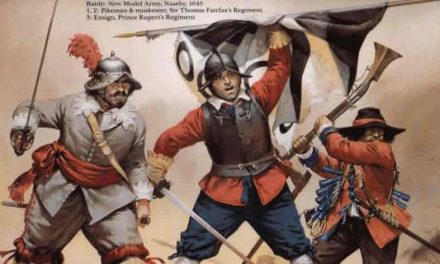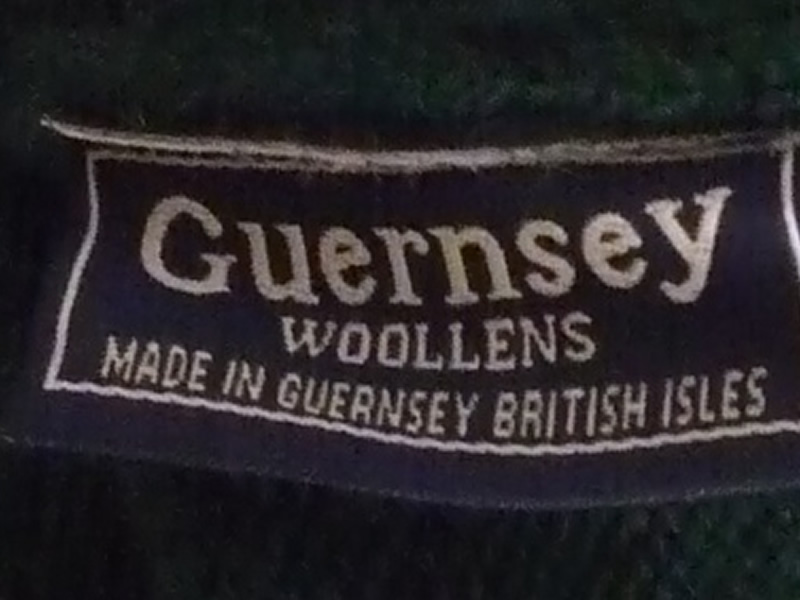GuernseyUp until 1985 the flag of Guernsey was the plain flag of St. George. In 1985 as part of the celebration of the 40th anniversary of liberation from German occupation the current flag was adopted. The cross of St George was retained and a golden cross with splayed ends was added. The cross of St George represents the islands historic links with England as well as its continuing status as a crown dependency. The golden cross has its origins in the 11th century when William the Conqueror, the then Duke of Normandy (of which the Channel Islands were a part of) was given the cross in a banner from Pope Alexander II. The banner was given to Duke William in 1066 prior to embarking on his conquest of England and can be seen in the Bayeaux Tapestry recording the invasion and subsequent Battle of Hastings. The cross represents the historic ties between Guernsey to the old Duchy of Normandy, eventually lost by Prince John to the King of France in 1204. |
 |
JerseyJersey, the largest of the Channel Islands,owes it’s flag to the result of a mistake. On a Dutch flag chart, a white flag with a red saltire appeared, marked ‘Ierse Vlag’, which actually means ‘Irish Flag’. However someone subsequently read this as ‘Jersey Flag’ . Since then it has been accepted as the flag of the island. For a long time the flag was the plain red saltire on white. More recently a shield with a crown and the ancient arms of the Duchy of Normandy was added. |
 |
AlderneyAlderney uses the flag of England, the red St. George’s cross on white background, with the coat of arms of the island laid out in the centre. It is round with a golden border and shows a crowned, soaring, golden British lion with red claws on green ground, holding a plant in his paw. |
 |
SarkSark’s flag combines the flag of England (the red cross of St. George on a white background) with the ancient coat of arms of Normandy in the upper left quadrant. This consists of two golden, striding and sideways looking lions (better leopards) on a red background. Sark, along with the other Channel Islands and the Cotentin Peninsula, were annexed to the Duchy of Normandy in 933. |
 |
HermHerm Island applies the flag of England, the red St. George’s cross on white background, with the escutcheon-flag of the island in the upper left staff corner. It is blue with a yellow diagonal stripe. The stripe contains three black silhouettes of monks which represent the missionaries St. Magloire, St. Sampson and St. Helier, who converted the population of the Norman Islands between the 6th and 9th century to Christianity. Each blue field shows a fish rolled up in itself. |
 |





You must be logged in to post a comment.